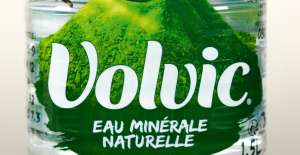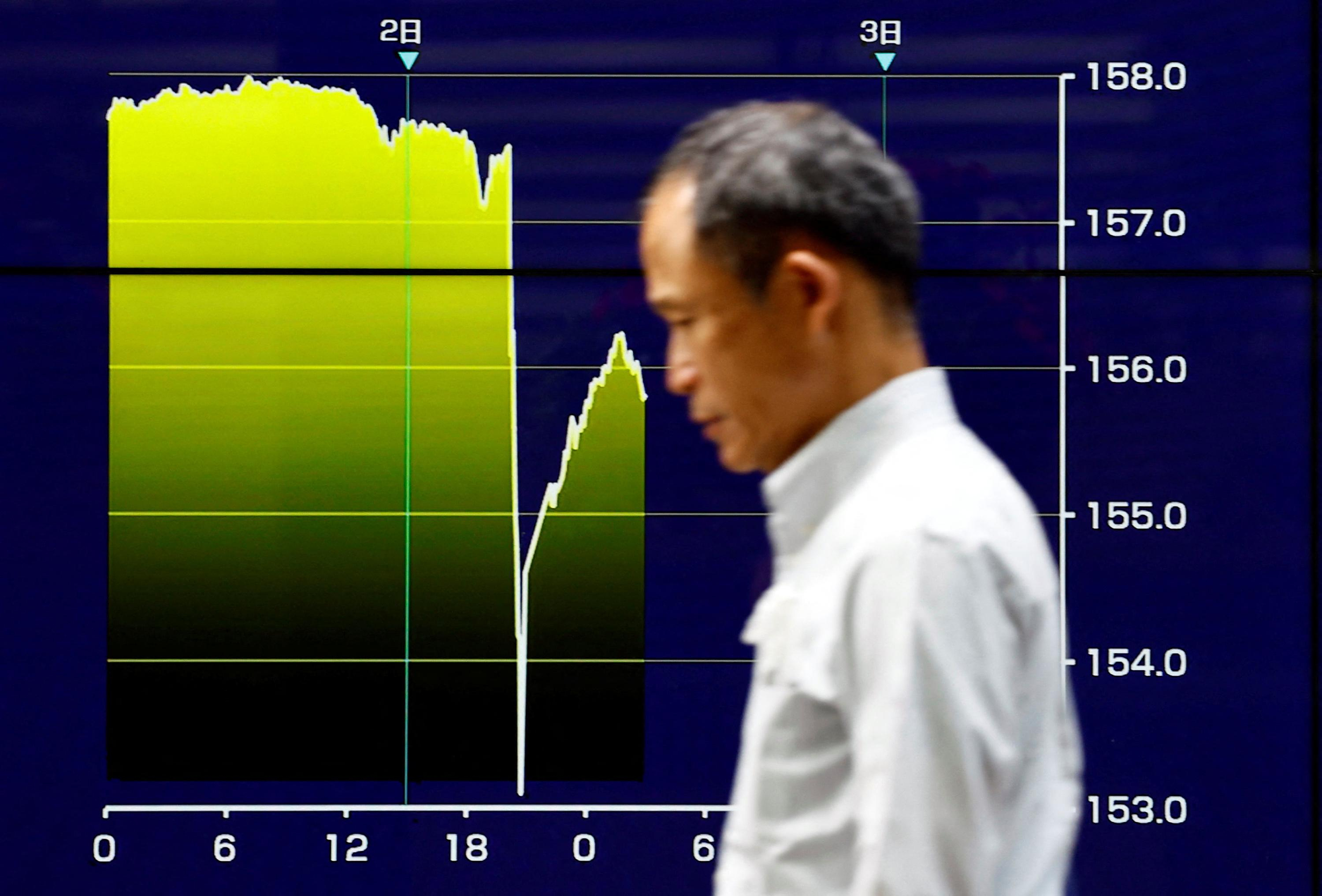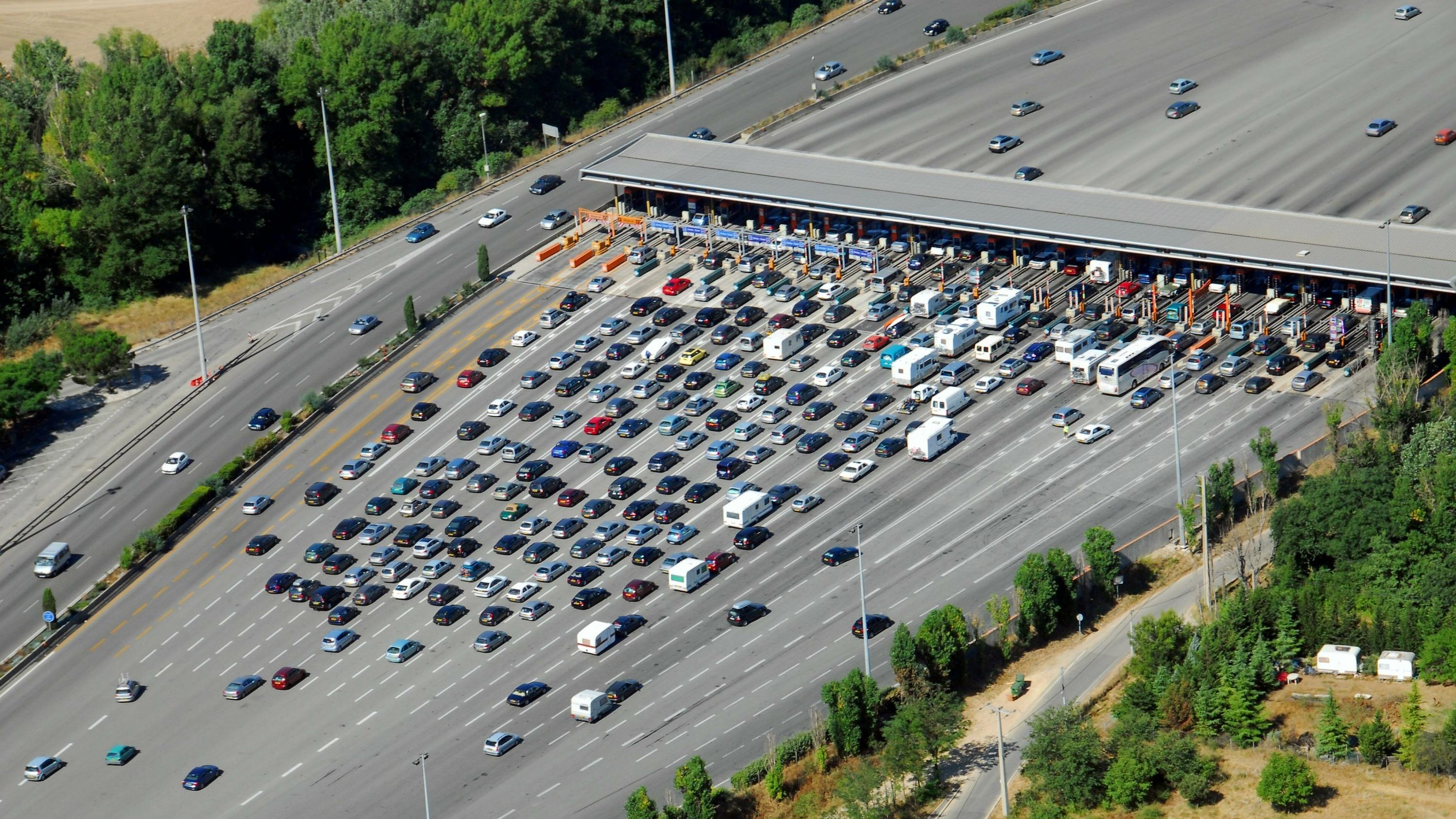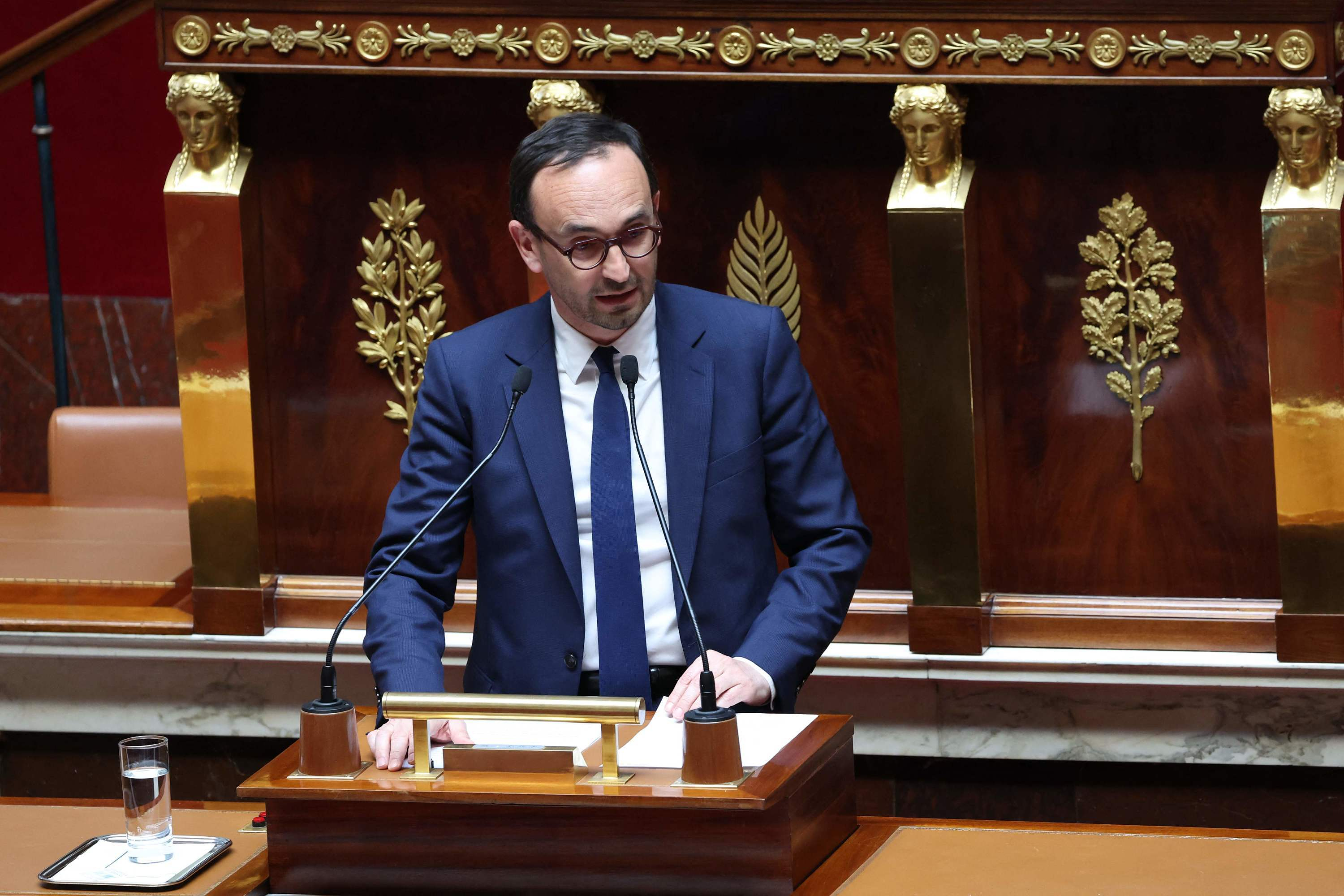You've probably seen this image of Earth caught in a cloud so dense that our planet almost seems to vanish. Each of these dots represents an object larger than 10 cm. There are just over 36,000, of which "only" 8,100 active satellites. The image is spectacular, almost shocking. A bit misleading too. If it makes it possible to raise awareness of the growing problem of spatial clutter, it paradoxically shows far fewer objects than there are, while giving the illusion of an omnipresence far superior to reality (each point occupies , to scale, around ten kilometres).
Specialists estimate that there would be around 1 million objects larger than one centimeter, and 150 million larger than one millimeter. It may seem huge. However, a spacecraft would easily pass through this cloud without hitting a single one. Space is actually much (much) bigger and much emptier than one might imagine. It is therefore not "simply" to make the observation, a little sad and quite correct, that we have accumulated waste in orbit without thinking for sixty years, but to see the impact that this has concretely on the exploitation of space.
Let's dismiss the rather specific problem of distant orbits, from 20,000 km to 36,000 km, where the GPS and equivalent satellites and the largest telecommunications devices are located. Rules were set twenty-five years ago for sending end-of-life satellites into graveyard orbits. The question that then arises is rather the economic interest of refueling or repairing a satellite rather than putting it in the garage.
The most burning question is that of low orbits. "Between 700 km and 1100 km in altitude, the area has become almost impassable", notes Christophe Bonnal, expert in the strategy department at Cnes, the French space agency, chairman of the Space Debris committees of the IAA (International Academy of Astronautics) and Space Traffic Management of the IAF (International Astronautical Federation). “We were too negligent. In this particular region, there is now 100 to 1,000 times more debris than active satellites. Over its lifetime, a machine has an 8% chance of being destroyed by debris, which is an unacceptable risk for just about any operator.”
And the situation doesn't seem to be getting any better. Kessler syndrome, which predicts an exponential inflation of the number of debris due to more and more collisions, is already a reality in this region. At 850 km, a particular risk is present: 20 upper stages of the old Russian rocket Zenit 2 drift in a dangerous ballet. Each is over 9 meters long and weighs over 9 tons. "When two of them collide - which will inevitably happen one day or another if they stay there - it will instantly double the current number of debris over 10 cm", warns Christophe Bonnal. By way of comparison, the most emblematic accidental collision occurred in 2009 between Thales' Iridium 33 satellite and a decommissioned Russian military communications satellite, Kosmos 2251: they weighed 560 kg and 900 kg respectively and generated more of 2200 new debris.
The only option to continue exploiting low orbit: go higher or stay lower. This is the first option chosen by the OneWeb megaconstellation (about 600 satellites). However, this poses an immediate problem: at 1200 km, an object takes two thousand years to fall back to Earth. In other words, an end-of-life solution must be provided. Theoretically, operators should have their craft desorbed after twenty-five years. But this standard is not binding (except in France, a pioneer on this issue) and does not take into account the risk of failure. It is with this in mind that start-ups and projects aimed at cleaning up space are flourishing. The European Space Agency (ESA) has commissioned the Swiss company ClearSpace to carry out the first full-scale demonstration, scheduled for 2026. A small piece weighing around one hundred kilos from a Vega rocket upper stage must be "caught" by a satellite equipped with four articulated arms.
A bit like a carnival grappling hook, it will have to capture its target before bringing it back into the atmosphere. “We have chosen to tackle the de-orbiting of large non-cooperative objects because we believe that the first customers on the market will be to remove these large objects, at the end of their life or in failure, which present the greatest risk of creating clouds. of debris," emphasizes Luc Piguet, co-founder of ClearSpace. OneWeb satellites are clearly in this target.
To continue to exploit low orbit, the second possibility is to descend to lower altitudes, below 600 km. In which case, the natural deorbiting, under the effect of the friction of the residual atmosphere, is of the order of twenty-five years. This is the strategy chosen by SpaceX, which has already deployed more than 4,600 Starlink satellites at 500 km. “In this area, it is no longer so much the question of debris as that of congestion that becomes crucial”, underlines Christophe Bonnal. “According to projections, there will be between 30,000 and 100,000 active satellites in this region by the end of the decade. This doesn't really pose a collision risk, as all of them have maneuvering and evasive abilities. On the other hand, the rules are not clearly established and the situations of tension will multiply exponentially. In this context, it is urgent that space agencies, operators and States define a strict regulatory framework.
Another need is to know as precisely as possible the threats that weigh on all these satellites. This requires the most careful mapping of the smallest possible debris. Launched at 28,000 km/h, a bolt of only a few millimeters can quickly prove fatal. Currently, the most comprehensive database is provided by the US military. “But it only identifies objects larger than 10 cm, with no guarantee of updates or margins of uncertainty,” warns Juan Carlos Dolado Pérez, former head of debris monitoring at Cnes, who founded the start-up LookUpSpace. , which aims to take more accurate readings and provide collision avoidance services to its customers. "A large part of the maneuvers that are performed today could be avoided if we knew more precisely the trajectories of objects." It is moreover this field of space surveillance which is currently the most technologically mature. The American LeoLabs is currently the undisputed commercial leader.

 What is chloropicrin, the chemical agent that Washington accuses Moscow of using in Ukraine?
What is chloropicrin, the chemical agent that Washington accuses Moscow of using in Ukraine? Poland, big winner of European enlargement
Poland, big winner of European enlargement In Israel, step-by-step negotiations for a ceasefire in the Gaza Strip
In Israel, step-by-step negotiations for a ceasefire in the Gaza Strip BBVA ADRs fall almost 2% on Wall Street
BBVA ADRs fall almost 2% on Wall Street Breast cancer: less than one in two French women follow screening recommendations
Breast cancer: less than one in two French women follow screening recommendations “Dazzling” symptoms, 5,000 deaths per year, non-existent vaccine... What is Lassa fever, a case of which has been identified in Île-de-France?
“Dazzling” symptoms, 5,000 deaths per year, non-existent vaccine... What is Lassa fever, a case of which has been identified in Île-de-France? Sánchez cancels his agenda and considers resigning: "I need to stop and reflect"
Sánchez cancels his agenda and considers resigning: "I need to stop and reflect" The Federal Committee of the PSOE interrupts the event to take to the streets with the militants
The Federal Committee of the PSOE interrupts the event to take to the streets with the militants Volvic factory shut down after “an act of malicious intent”: production can resume “at the earliest” on Friday
Volvic factory shut down after “an act of malicious intent”: production can resume “at the earliest” on Friday SNCF: algorithmic video surveillance in stations attacked before the CNIL
SNCF: algorithmic video surveillance in stations attacked before the CNIL Europeans: Macron's speech at the Sorbonne counted as speaking time on the Renaissance list
Europeans: Macron's speech at the Sorbonne counted as speaking time on the Renaissance list The government wants to strengthen its controls on cryptocurrency holders
The government wants to strengthen its controls on cryptocurrency holders Jean Reno publishes his first novel Emma on May 16
Jean Reno publishes his first novel Emma on May 16 Cannes Film Festival: Meryl Streep awarded an honorary Palme d’Or
Cannes Film Festival: Meryl Streep awarded an honorary Palme d’Or With A Little Something Extra, Artus and his disabled actors do better than Intouchable on the first day
With A Little Something Extra, Artus and his disabled actors do better than Intouchable on the first day Madonna ends her world tour with a giant - and free - concert in Copacabana
Madonna ends her world tour with a giant - and free - concert in Copacabana Omoda 7, another Chinese car that could be manufactured in Spain
Omoda 7, another Chinese car that could be manufactured in Spain BYD chooses CA Auto Bank as financial partner in Spain
BYD chooses CA Auto Bank as financial partner in Spain Tesla and Baidu sign key agreement to boost development of autonomous driving
Tesla and Baidu sign key agreement to boost development of autonomous driving Skoda Kodiaq 2024: a 'beast' plug-in hybrid SUV
Skoda Kodiaq 2024: a 'beast' plug-in hybrid SUV The home mortgage firm rises 3.8% in February and the average interest moderates to 3.33%
The home mortgage firm rises 3.8% in February and the average interest moderates to 3.33% This is how housing prices have changed in Spain in the last decade
This is how housing prices have changed in Spain in the last decade The home mortgage firm drops 10% in January and interest soars to 3.46%
The home mortgage firm drops 10% in January and interest soars to 3.46% The jewel of the Rocío de Nagüeles urbanization: a dream villa in Marbella
The jewel of the Rocío de Nagüeles urbanization: a dream villa in Marbella Europeans: a senior official on the National Rally list
Europeans: a senior official on the National Rally list Blockade of Sciences Po: the right denounces a “drift”, the government charges the rebels
Blockade of Sciences Po: the right denounces a “drift”, the government charges the rebels Even on a mission for NATO, the Charles-de-Gaulle remains under French control, Lecornu responds to Mélenchon
Even on a mission for NATO, the Charles-de-Gaulle remains under French control, Lecornu responds to Mélenchon “Deadly Europe”, “economic decline”, immigration… What to remember from Emmanuel Macron’s speech at the Sorbonne
“Deadly Europe”, “economic decline”, immigration… What to remember from Emmanuel Macron’s speech at the Sorbonne These French cities that will boycott the World Cup in Qatar
These French cities that will boycott the World Cup in Qatar OM-Atalanta: the lines of the match
OM-Atalanta: the lines of the match Ligue 1: Lorient supporters invade the training center
Ligue 1: Lorient supporters invade the training center Hand: Montpellier overthrown by Kiel in the Champions League
Hand: Montpellier overthrown by Kiel in the Champions League Tennis: Medvedev gives up, Lehecka in semi-finals
Tennis: Medvedev gives up, Lehecka in semi-finals


















